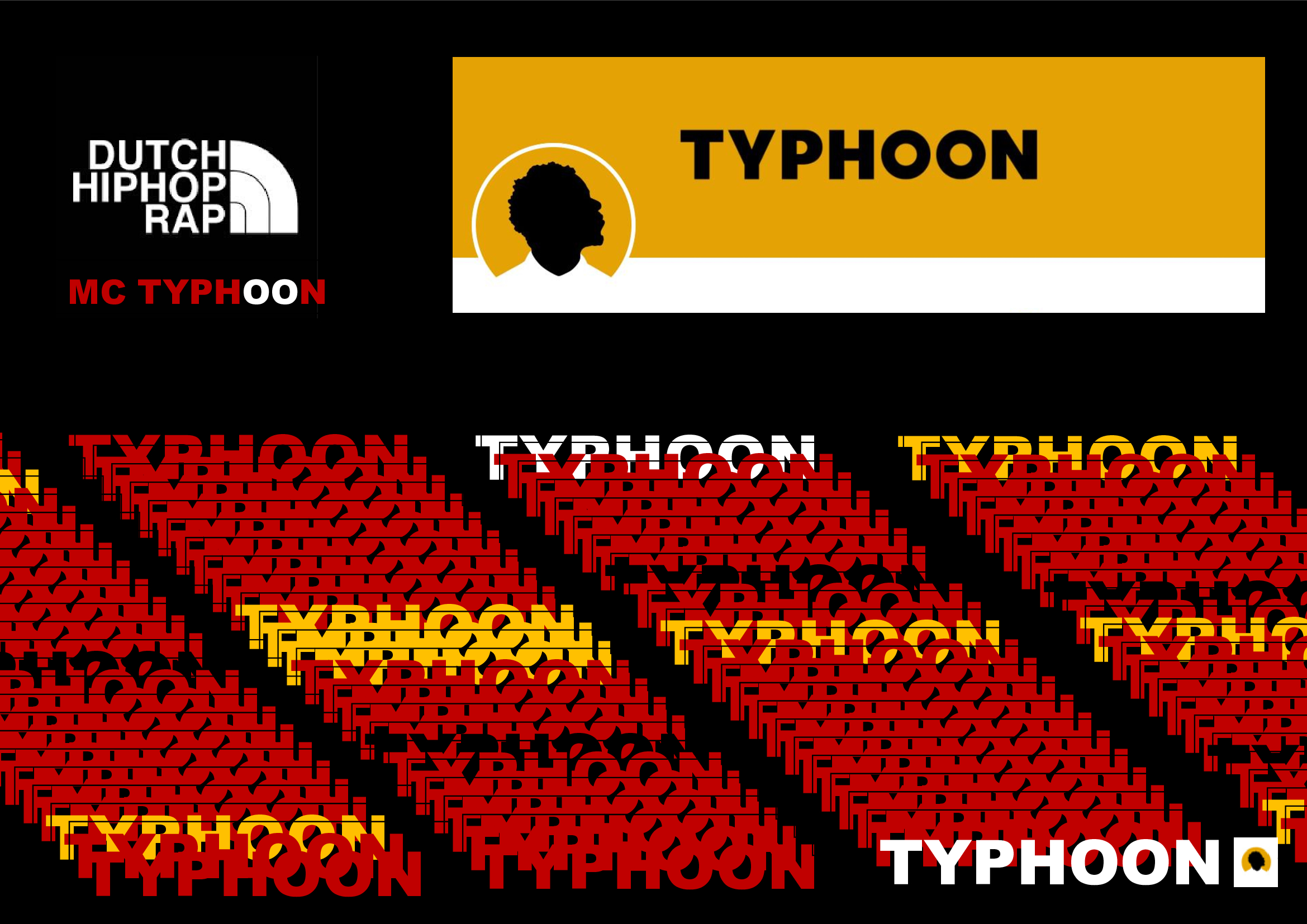-
OnkọweAwọn ifiweranṣẹ
-
-
Afirika: koko
isejade ati
anfani idagbasoke:

Cocoa production in Africa wields considerable influence on the global economy, characterized by significant figures and far reaching impact. Overall the global cocoa market was an estimated $48.29 billion in 2022, with an estimated forecast of $67.88 billion by 2029.
Dominant Production Hub: Africa, chiefly West Africa, commands the global cocoa production landscape. Key players like Ivory Coast, Ghana, Nigeria, and Cameroon collectively contribute to over 70% of the world’s cocoa output, with Ivory Coast and Ghana alone accounting for more than 50%.
Economic Backbone: Cocoa cultivation serves as a pivotal economic pillar in African nations where it thrives. This sector offers employment to millions, spanning from farmers to processing plant workers. The revenue garnered from cocoa exports substantially bolsters these countries’ GDP and governmental coffers.
Foreign Exchange Reservoir: Cocoa exports stand as a crucial component of foreign exchange earnings for numerous African economies. The revenue derived from cocoa exports significantly fuels imports, infrastructural development, and various governmental expenditures.
Global Market Influence: Africa’s dominance in cocoa production renders it a linchpin in the global cocoa market. Any disruptions in production or supply stemming from the region can trigger notable fluctuations in cocoa prices worldwide. These disruptions may arise from diverse factors like adverse weather conditions, disease outbreaks, or political instability.
Price Fluctuations: The global cocoa market is inherently susceptible to price volatility, influenced by factors such as weather fluctuations, demand shifts, and currency fluctuations. Such volatility can impact both producers and consumers, especially in developing nations where cocoa farming stands as a primary income source.
Supply Chain Challenges: Challenges pertaining to fair trade practices, child labor, and environmental sustainability in cocoa production have intensified scrutiny of the supply chain. Initiatives to address these concerns, including certification programs and sustainable farming practices, carry ramifications for both producers and consumers within the global market.
Value Addition Opportunities: Despite Africa’s significant cocoa production share, only a small fraction of value-added products, like chocolate, undergo production within the continent. This underscores opportunities for African nations to invest in processing and manufacturing facilities to capture more value from their cocoa production.
Africa should now seize the growth opportunity for processing and export presented by the AfCFTA.
-
-
OnkọweAwọn ifiweranṣẹ
O gbọdọ wọle lati fesi si koko yii.









